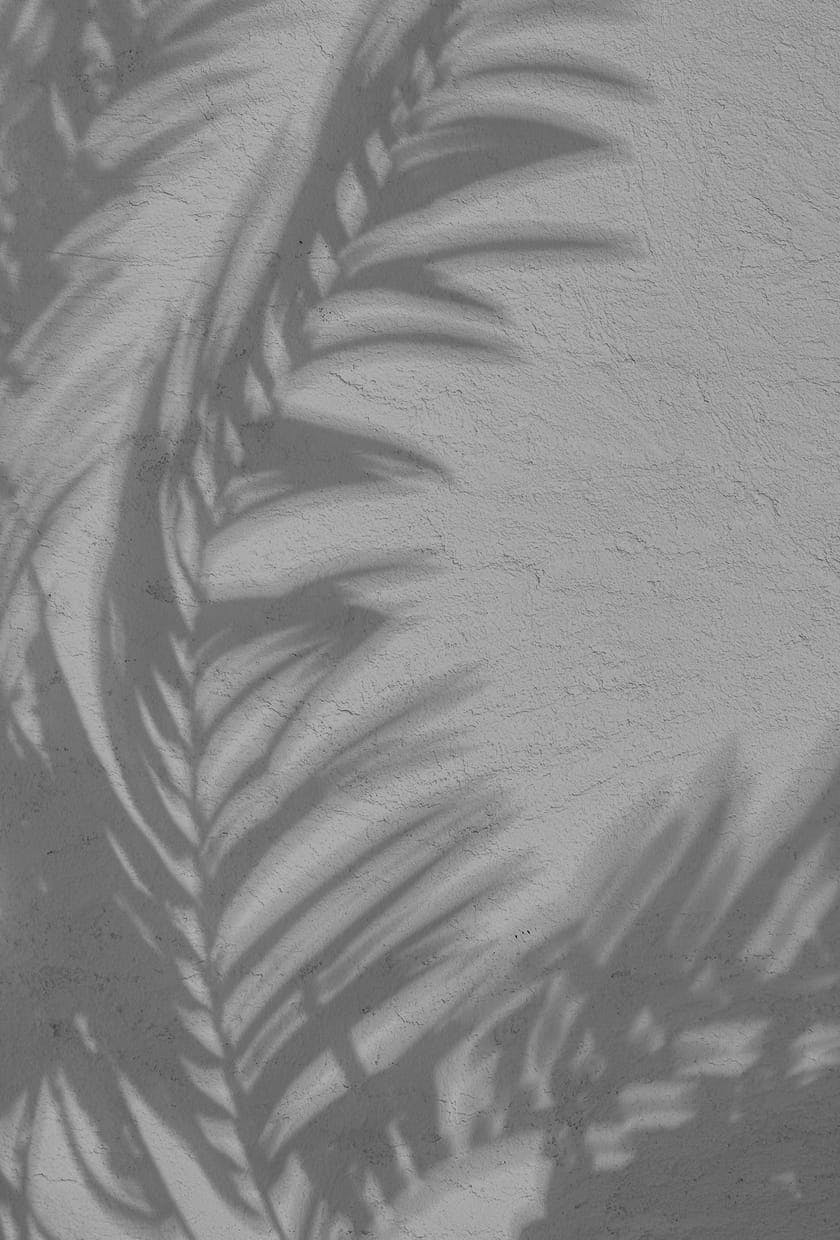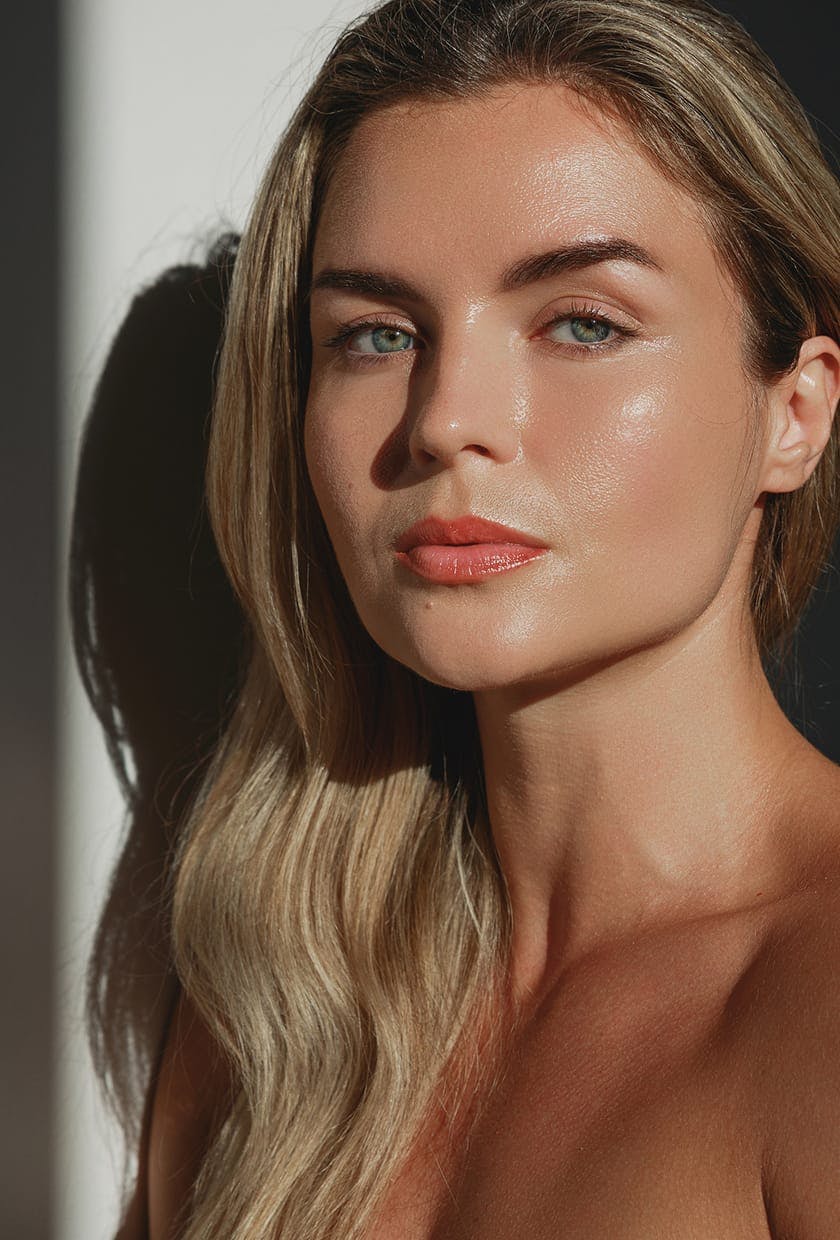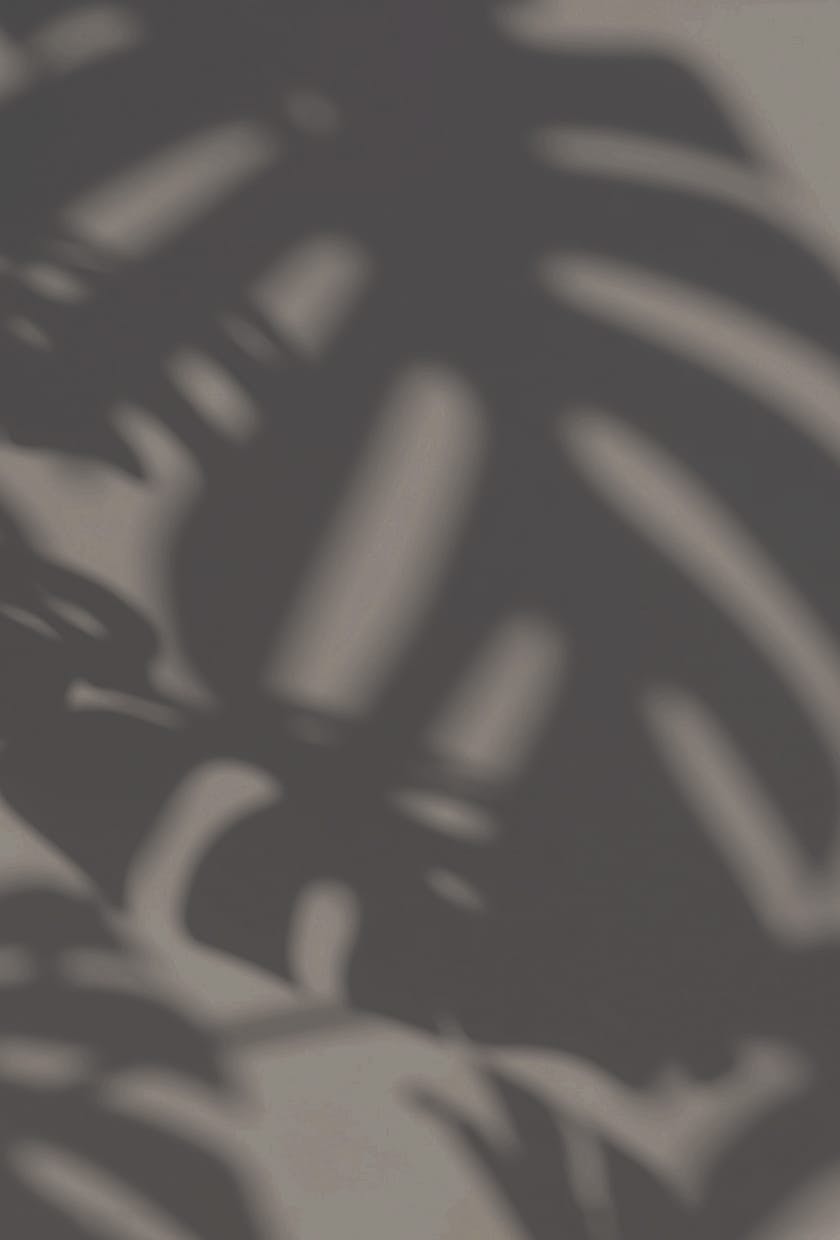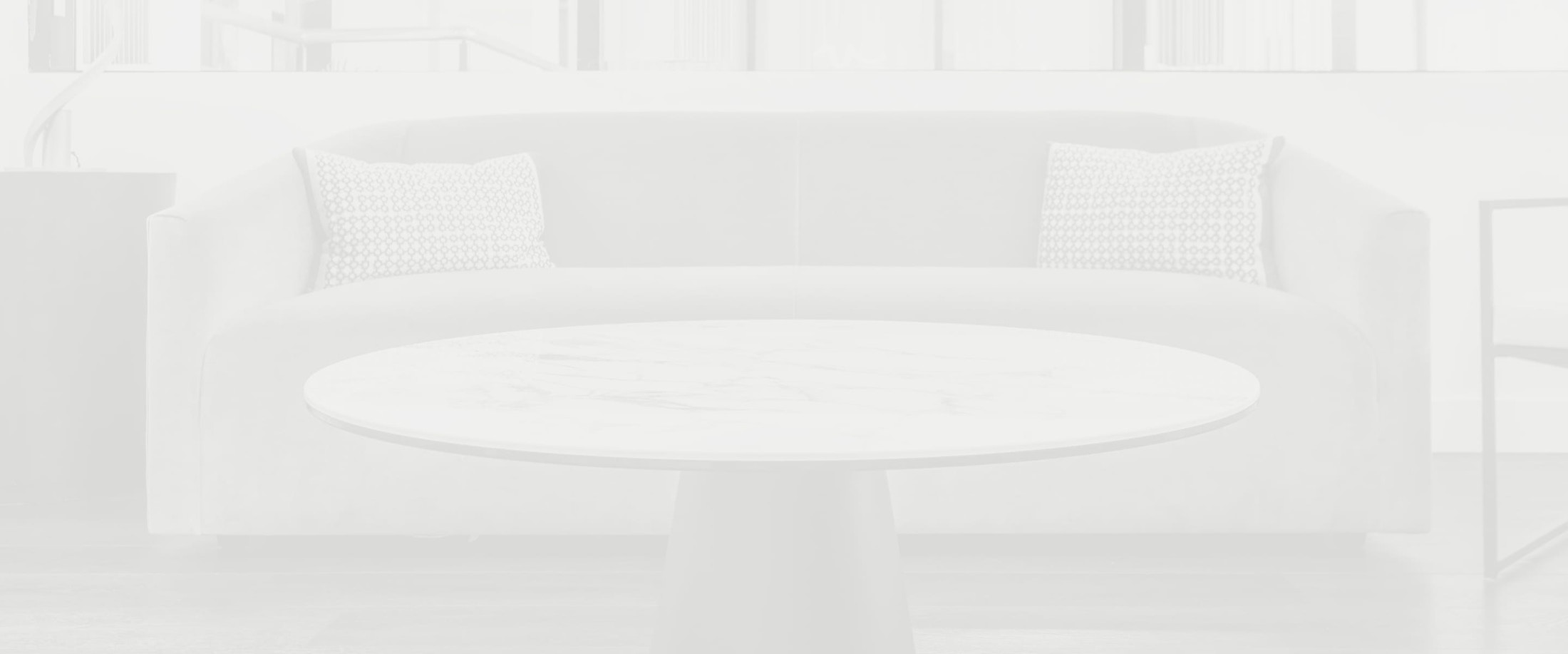Dr. John Vartanian, a top facial plastic surgeon in Glendale, offers a comprehensive array of treatment options to improve the appearance of scars. Previous trauma, surgery, acne conditions, and other skin injuries can cause skin scars.
About Acne Scars
Acne scars can be more than just a reminder of breakouts—they often affect how individuals feel about their skin long after the acne has resolved. These scars can take many forms, from shallow depressions to deeper pitted marks or thickened, raised tissue. While topical products may offer minimal improvement, many patients benefit from expert, in-office treatments tailored to their unique skin type and scar pattern.
Dr. Vartanian may recommend laser resurfacing, dermabrasion, microneedling, injectable fillers, or subcision depending on your specific needs. A personalized consultation will determine the best path forward. Contact our practice today for more information on scar revision in Glendale or to schedule a consultation.























